Like other public universities in Spain, the UOC must be held accountable for the work it carries out and the return it yields for society. Further developments to information systems and large volumes of available data have kindled a widespread desire for transparency, something that has also been fostered by current regulations. The generation and availability of such large amounts of data have led to multiple Spanish, European and global rankings, each one differing in regards to its focus and object of analysis. Similarly, numerous observatories have emerged from both universities and independent agencies (such as the IREG), offering an interpretation of the rankings' results and providing information on the rigour and objectivity in producing them. University rankings have become well established as a tool for checking out, comparing and rating university institutions. For further information contact Lidia Toda Adell: ltoda@uoc.edu
The following is a selection of the most representative and prestigious rankings in which the UOC appears:
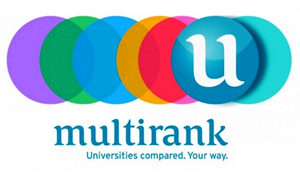 Scope: Global
Scope: Global
Field: Multidimensional and user-driven
Start year: 2014
Last update: See how the UOC placed
Methodology: Evaluating various aspects of university quality (teaching, research, internationalization, transfer and regional impact), this ranking has been designed to promote continuous improvement. Additionally, its format allows users to personlize their ranking according to the indicators they wish to be rated. The ranking, therefore, does not consist of a single list of institutions. It lets users observe institutions without losing sight of what it is that sets them apart from the others. Click here to view the ranking’s methodology in detail.
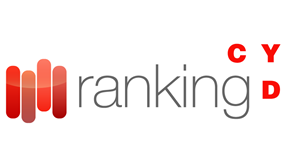 Scope: Spain
Scope: Spain
Field: Multidimensional and user-configured
Start year: 2014
Last update: See how the UOC placed
Methodology: Evaluating various aspects of university quality (teaching, research, internationalization, transfer and regional impact), this ranking has been designed to promote continuous improvement. Additionally, its format allows users to personlize their ranking according to the indicators they wish to be rated. The ranking, therefore, does not consist of a single list of institutions. Click here to view the ranking's methodology in detail.
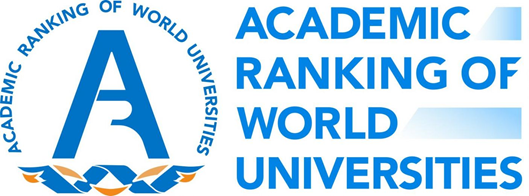
Scope: Global
Field: Ranking, prestige, research
Start year: 2009
Last update: See how the UOC placed
Methodology: This ranking classifies universities worldwide according to their standing in 52 disciplines. It measures four bibliometric indicators and one indicator of research staff prestige. In some areas of knowledge, it takes into consideration such indicators as the number of Nobel Prize-winning staff members and graduates from the university. Click here to view the ranking's methodology in detail.
 Scope: Global
Scope: Global
Field: Institutional excellence
Start year: 2004
Last update: See how the UOC placed
Methodology:
- • THE World University Rankings: This is the global ranking produced by Times Higher Education. It ranks universities on the basis of 13 indicators that offer as broad a representation as possible of the basic missions of higher education institutions (teaching, research, knowledge transfer and international outlook).
- • THE World University Rankings - Subject Ranking: This global ranking uses the same methodology and indicators as the World University Rankings, but ranks its results by knowledge areas.
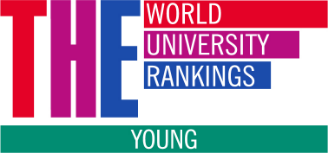 Scope: Global
Scope: Global
Field: Young universities (under 50 years)
Start year: 2012
Last update: See how the UOC placed
Methodology: Ranking the world's best institutions under 50 years old. It uses the same 13 indicators as the THE World University Ranking, but gives less weight to an institution's reputation. Click here to view the ranking's methodology in detail.
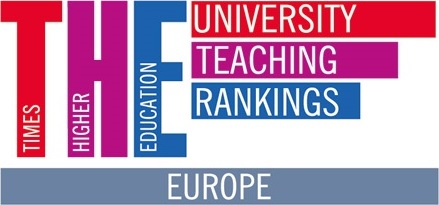 Scope: Europe
Scope: Europe
Field: Excellence of teaching staff
Start year: 2018 (pilot)
Last update: See how the UOC placed
Methodology: This European ranking produced by Times Higher Education is still in its pilot phase. It measures the excellence of teaching staff and places focus on students’ teaching and learning environment. The pilot ranking classifies universities on the basis of a survey conducted with over 30,000 university students, in which they rate teaching staff and their interaction with them, taking into account such aspects as whether classes are challenging and whether teaching staff incentivizes critical thought. Click here to view the ranking's methodology in detail

Scope: Global
Field: Web presence and impact
Start year: 2004
Last update: See how the UOC placed
Methodology: It measures a large number of universities worldwide and ranks them by volume of published web content, visibility and impact. The ranking's aim is not to assess website design or usability, but their web presence and performance, seeing the web as a key tool for the future of universities and their mission. Click here to view the ranking's methodology in detail

Scope: Global
Field: Research and teaching performance
Start year: 2009
Last update: See how the UOC placed
Methodology: This ranking classifies academic and research institutions worldwide using indicators that measure research impact, innovation output and societal impact. The latter is measured by institutions' web visibility. Click here to view the ranking's methodology in detail.
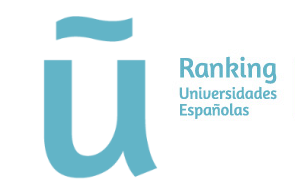 Scope: Spain
Scope: Spain
Field: Volume, university productivity focused on research
Start year: 2013
Last update: See how the UOC placed
Methodology: The U-Ranking project, a joint initiative between the BBVA Foundation and the Valencian Institute of Economic Research (Ivie), has created a set of synthetic indicators to aid future students in choosing a university. It shows the performance and volume results of universities' three missions: a) teaching, b) research and c) innovation and technological development. Click here to view the ranking's methodology in detail.
